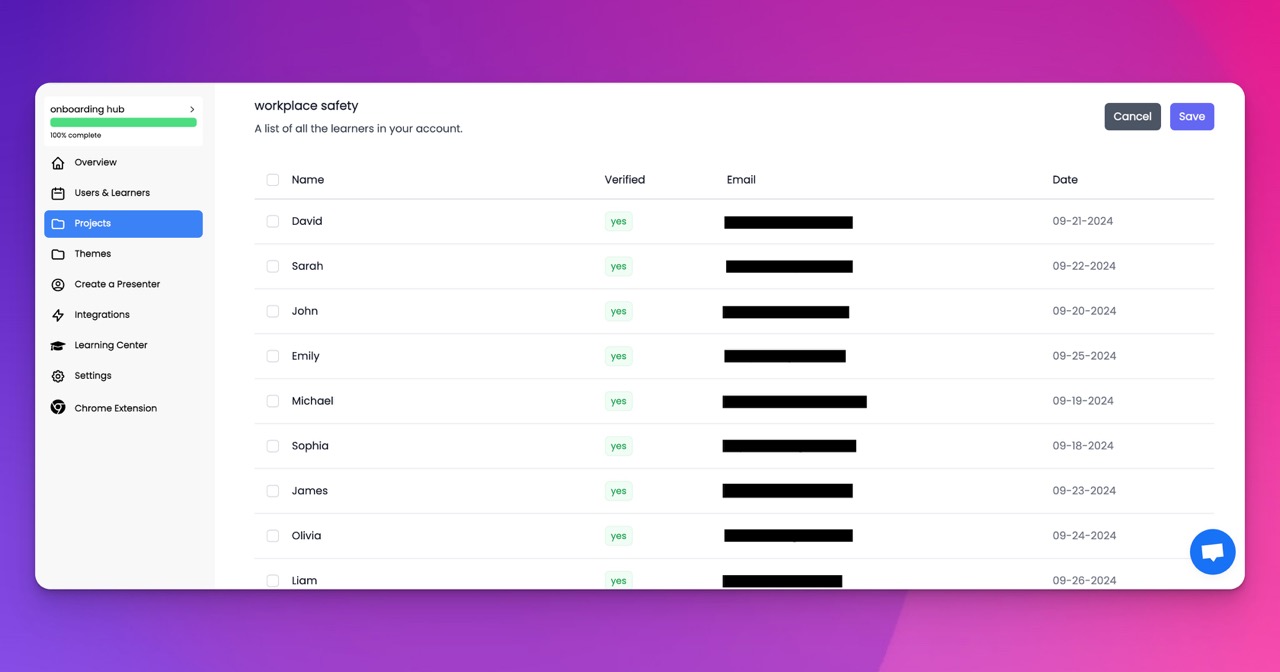🎉 Trainday now integrates with Zendesk and Hubspot 🎉 Trainday now integrates with Zendesk and Hubspot 🎉 Trainday now integrates with Zendesk and Hubspot
🎉 Trainday now integrates with Zendesk and Hubspot
🎉 Trainday now integrates with Zendesk and Hubspot
Contact
OSHA Compliance
"Navigating Safety Standards: Does OSHA Apply To Military Operations?"
**Navigating Safety Standards: Does OSHA Apply to Military Operations?**
In the realm of occupational safety and health, the Occupational Safety and Health Administration (OSHA) stands as a pivotal regulatory body in the United States. Established under the Occupational Safety and Health Act of 1970, OSHA's mission is to "assure safe and healthful working conditions for working men and women by setting and enforcing standards and by providing training, outreach, education, and assistance." But when it comes to the unique environment of military operations, the question arises: Does OSHA apply?
**Understanding OSHA's Jurisdiction**
OSHA's jurisdiction primarily covers private sector employers and workers, as well as some public sector employees in states with OSHA-approved state plans. Typically, OSHA does not cover self-employed individuals, immediate family members of farm employers, or workers in conditions regulated by other federal agencies, such as the Mine Safety and Health Administration (MSHA) or the Federal Aviation Administration (FAA).
**Military Operations: A Different Terrain**
Military operations, by their nature, involve activities and environments that are often hazardous, complex, and dynamic. These operations range from routine base activities to combat scenarios, each with its own set of safety challenges. The Department of Defense (DoD) has its own safety and health programs to address these challenges, which raises the question of OSHA's role.
**OSHA and the Military: The Legal Framework**
The relationship between OSHA and military operations is nuanced. The Occupational Safety and Health Act of 1970 does not explicitly exclude the military. However, the application of OSHA standards is often limited in military contexts due to the unique nature of military activities and the existence of other regulatory frameworks.
**Non-Combat Activities**
For non-combat-related activities, such as maintenance, construction, and other routine tasks on military bases, OSHA standards can and do apply, especially to civilian employees and contractors. The DoD often adopts OSHA standards and integrates them into its safety programs to ensure a safe working environment for both military and civilian personnel.
**Combat Operations**
When it comes to combat operations and certain military-specific activities, OSHA's standards are generally not applicable. The rationale is that combat scenarios involve inherent risks that cannot be mitigated by standard occupational safety measures. Instead, the DoD has its own set of guidelines and protocols designed to address the safety and health of military personnel in these high-risk environments.
**The Role of the DoD**
The DoD's safety and health programs are extensive, encompassing regulations, training, and enforcement mechanisms to protect both military and civilian personnel. These programs are tailored to the unique demands of military operations, ensuring that safety standards are maintained even in the most challenging circumstances.
**Collaboration and Oversight**
While OSHA may not directly regulate military combat operations, there is a significant degree of collaboration between OSHA and the DoD. This partnership ensures that best practices are shared and that safety standards for non-combat activities are upheld. Additionally, Congress and other oversight bodies hold the DoD accountable for maintaining rigorous safety and health standards.
**Conclusion**
In summary, while OSHA's direct application to military operations is limited, its influence is still felt in non-combat activities and through the collaborative efforts with the DoD. Understanding the interplay between OSHA regulations and military safety protocols is crucial for ensuring that all personnel, whether military or civilian, operate in the safest possible environment. Navigating these safety standards requires a nuanced approach, balancing the unique demands of military operations with the overarching goal of protecting those who serve.
Accelerate Compliance.
Deliver OSHA-Ready Courses Instantly.
Empower your team with data-driven training solutions tailored to your industry's safety standards. Stay compliant, reduce risks, and boost productivity with AI-powered course creation.
